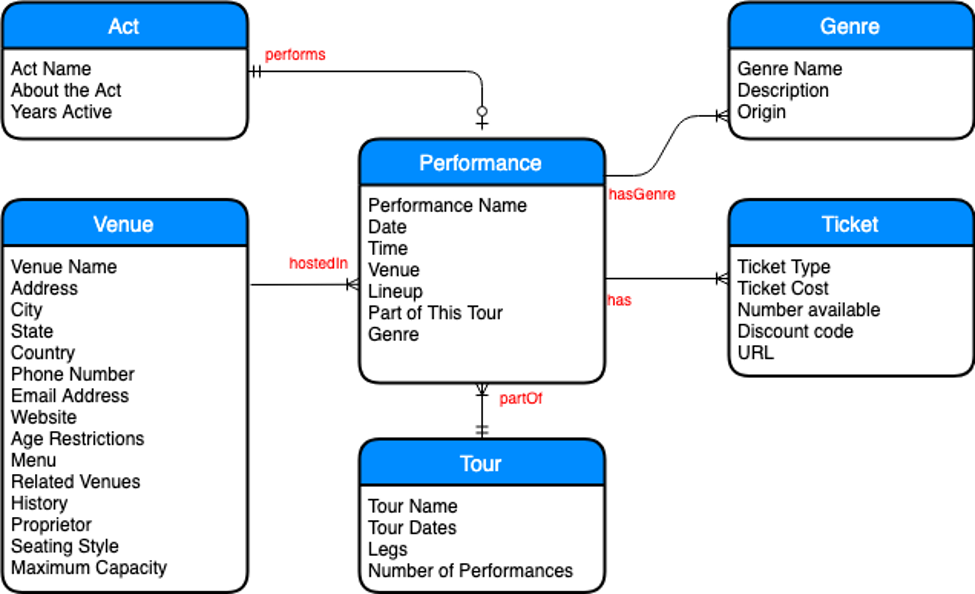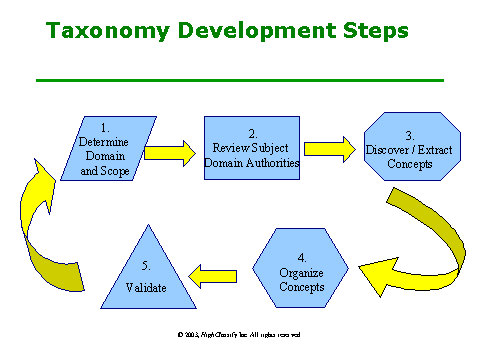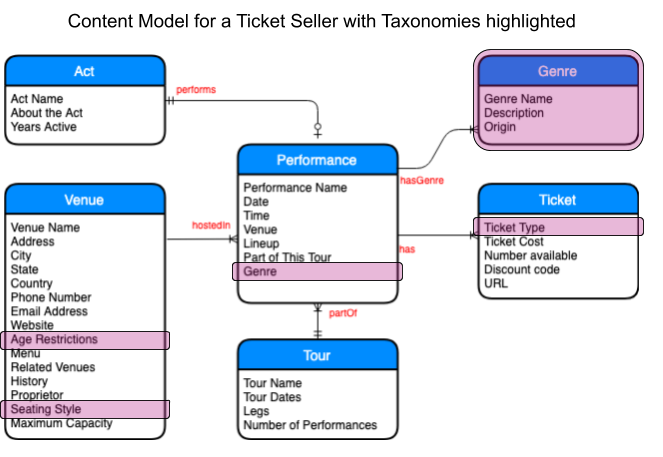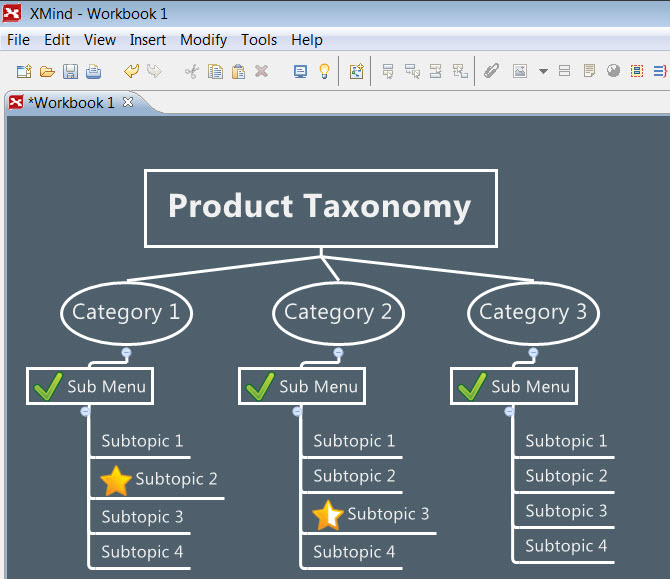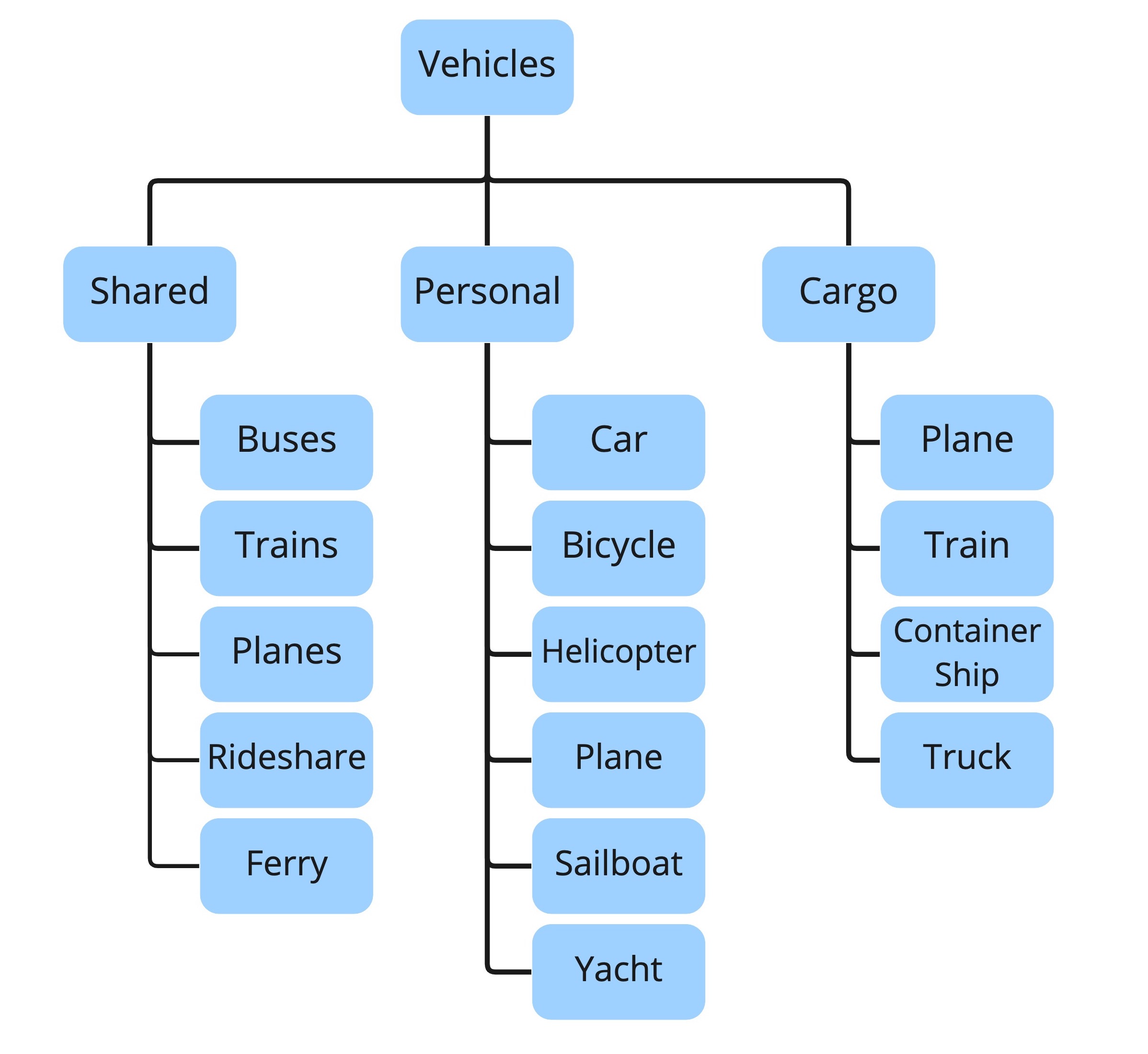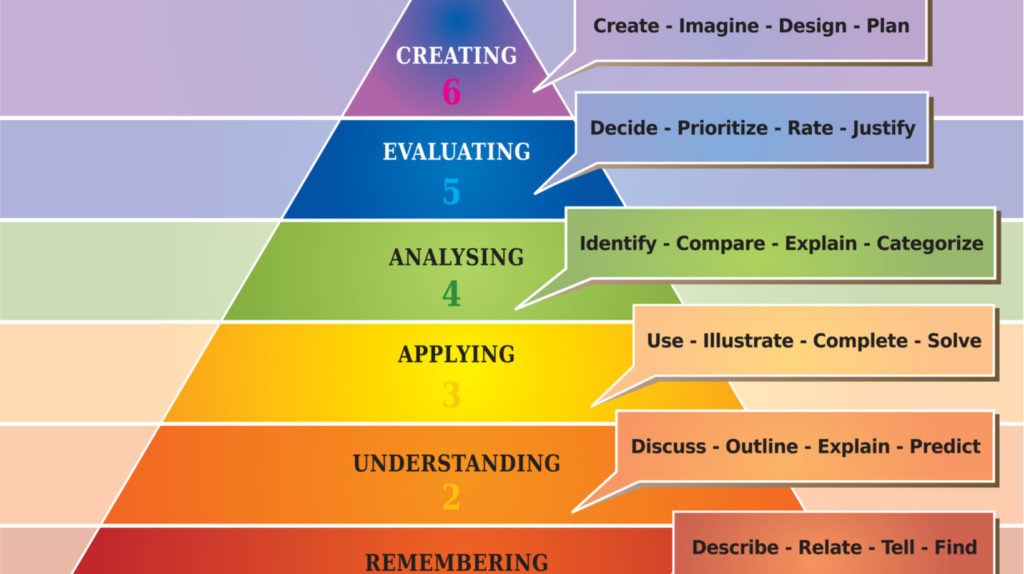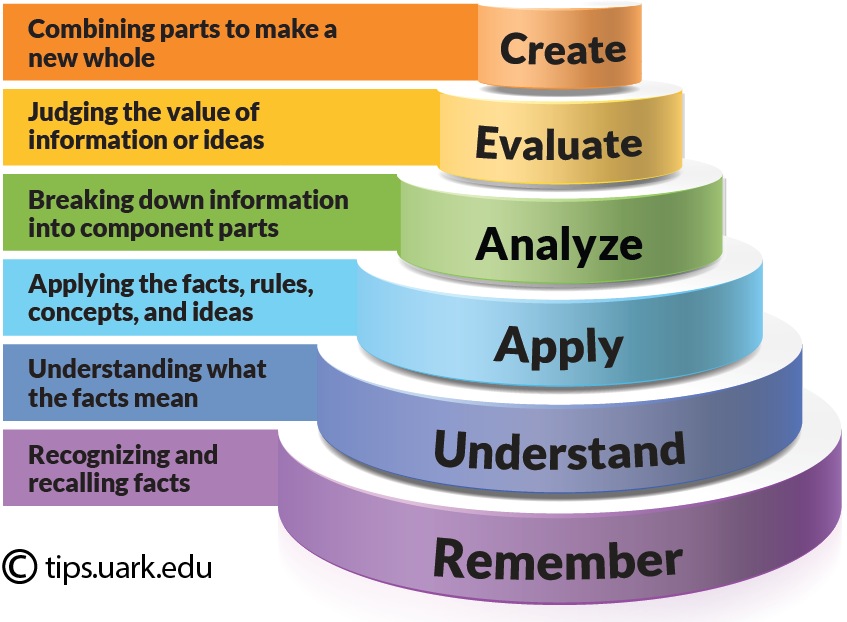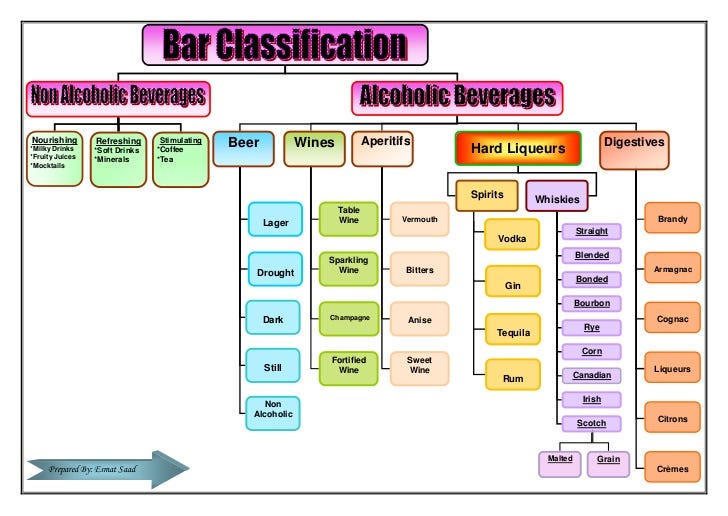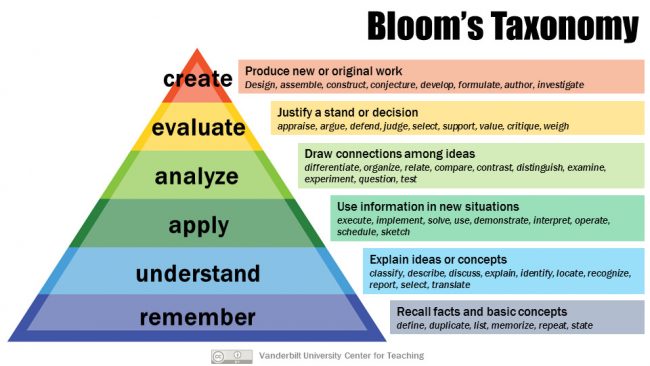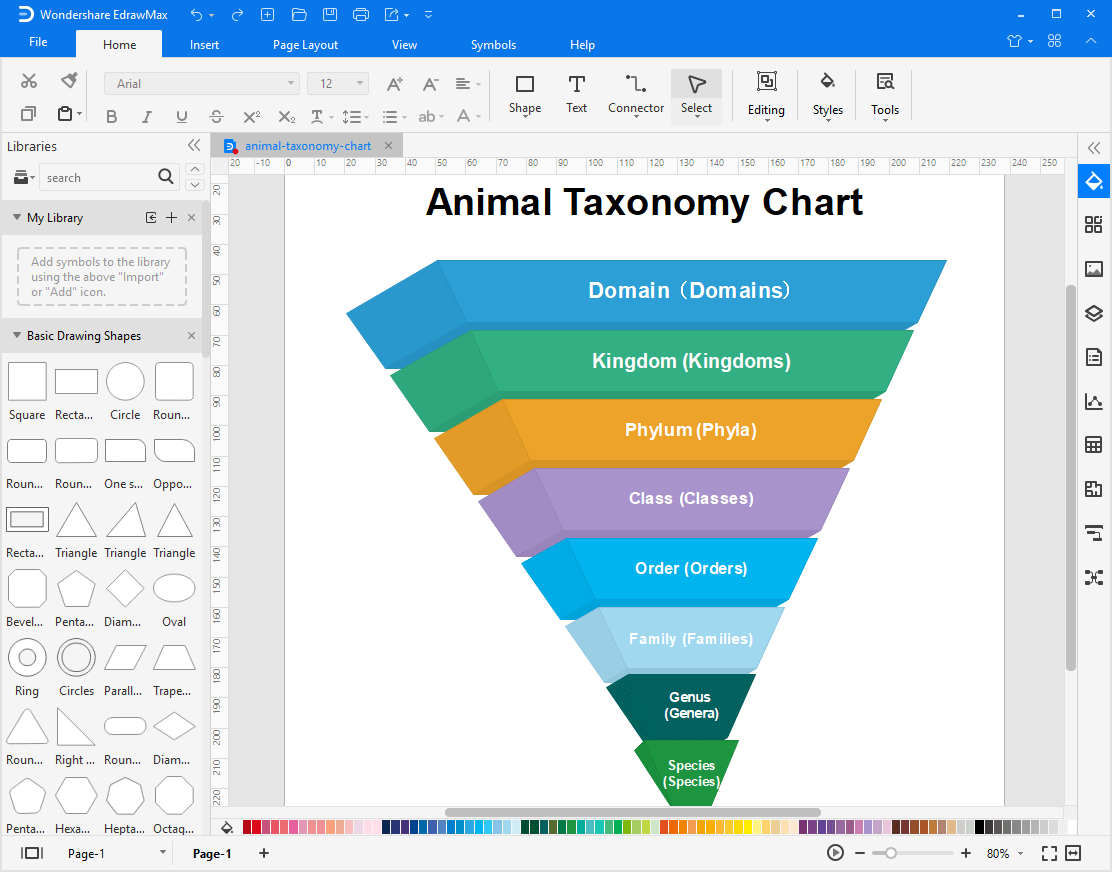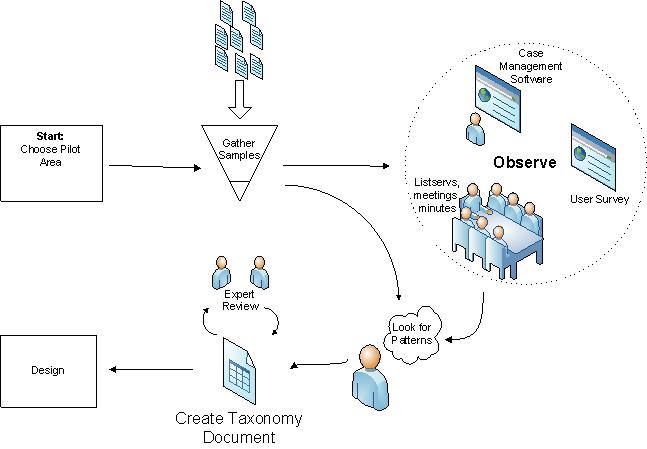Nice Tips About How To Develop Taxonomy

A data taxonomy is a system for classifying and organizing data.
How to develop taxonomy. For example, a book's title and author is metadata. Set project_id to the id of the project the # taxonomy will belong to. In this article, you’ll learn:
Now we need to create a new taxonomy. Much more important than creating the (seemingly) perfect taxonomy right away, is to choose an environment where changing tags is easy. The first function of a taxonomy is to help you understand the structure of your knowledge domain at one easy glance.
Your taxonomy needs to make sense to your users. To make the search and browse capabilities of content, document or records management systems truly functional, we need to develop taxonomies. You should be able to.
You may be starting from scratch with a new website or you may have inherited a taxonomy that for whatever reason just isn’t fit for purpose. Start by making a list of categories (or. These changes include renaming tags, merging.
Metadata is information about information. Develop the different taxonomies that you need. While there is no right way to create a taxonomy below, we will take you through the basic steps you can use to create and develop your website taxonomy.
The first and most important step in developing a taxonomy is deciding how your content should be organized for filtering and search. From google.cloud import datacatalog_v1 def create_taxonomy( # todo(developer): A taxonomy is often structured like a tree diagram, with larger categories splitting into smaller and smaller subcategories.
